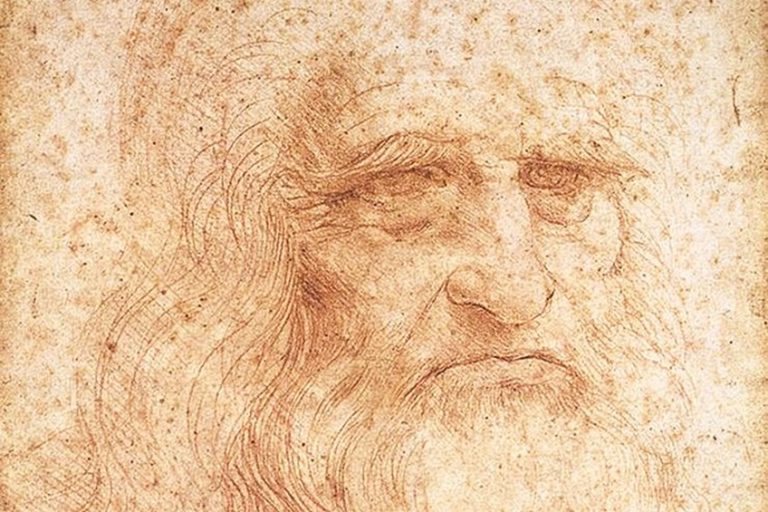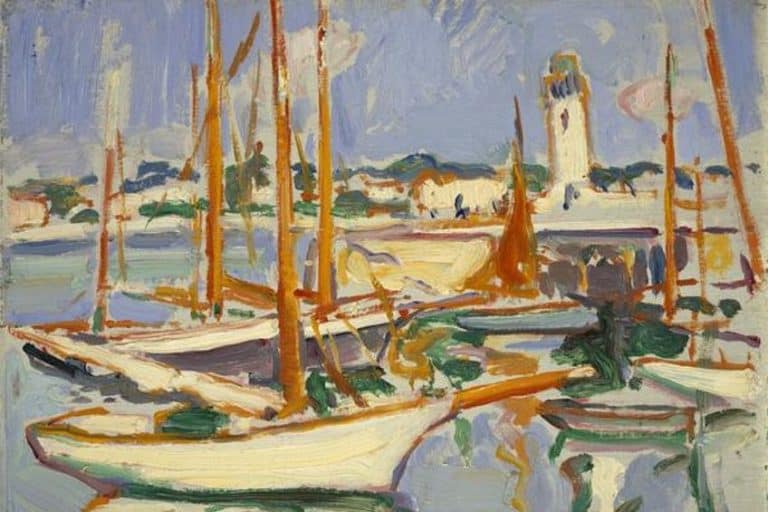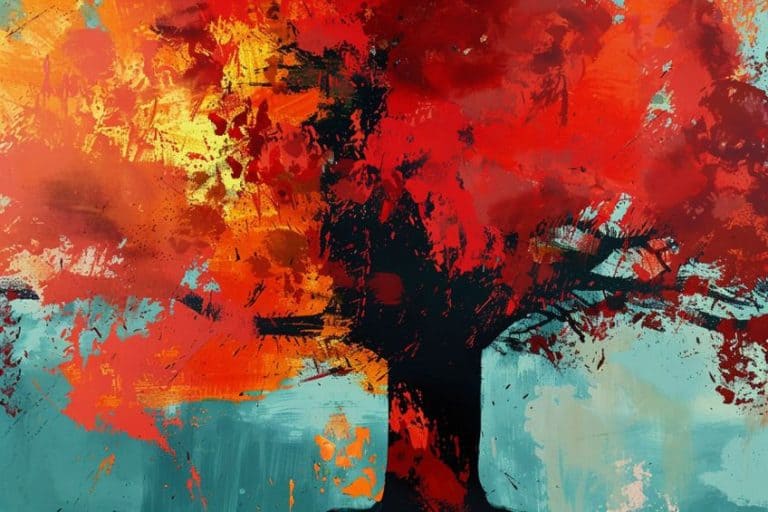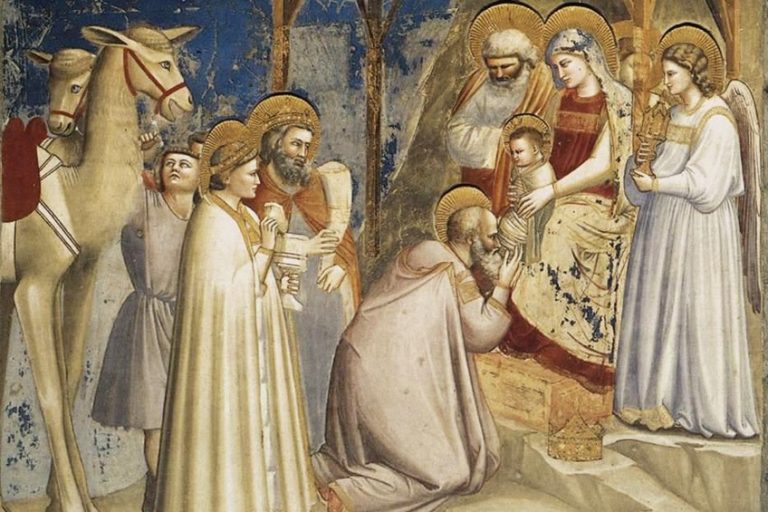Simon Hantaï – Master of the Unconventional Canvas
Simon Hantaï, a Hungarian-born French artist, is renowned for his innovative contributions to abstract art in the 20th century. Born in 1922 in Biatorbágy, Hungary, Hantaï’s early works were influenced by Surrealism before he developed his distinctive style known as “pliage” or folding. This technique involved folding canvases before applying paint, resulting in intricate and dynamic compositions. Hantaï’s exploration of color, form, and texture through pliage led to a body of work celebrated for its experimental nature and visual richness. His legacy continues to inspire contemporary artists and scholars alike, making him a significant figure in the realm of abstract art.
Key Takeaways
- Simon Hantaï was a painter celebrated for his contributions to abstract art and innovative folding technique.
- After relocating to France from Hungary, he developed a unique style that influenced the trajectory of post-war European art.
- Hantaï’s legacy persists in the art world through his distinctive works and the influence he had on other artists and art movements.
Early Life and Education
| Birth | December 7, 1922 |
| Death | September 12, 2008 |
| Place of Birth | Biatorbágy, Hungary |
| Genre of Work | Abstract Expressionism and Art Informel |
Simon Hantaï was a prominent figure in the post-war European art scene, renowned for his innovative approach to painting. Born on December 7, 1922, in Biatorbágy, Hungary, Hantaï moved to France in 1948 and embraced French nationality in 1966. His body of work is intimately linked with abstract art, yet it defies simple categorization due to his unique artistic methods and philosophies.
Throughout the 1960s, Hantaï developed a specialized technique known as “pliage,” or folding, which became the cornerstone of his artistic identity. He methodically folded his canvas before applying paint, and once unfolded, the canvas revealed a complex interplay of color and negative space.
This approach not only distinguished him from his contemporaries but also garnered attention for its originality and became synonymous with Hantaï’s name in the art world.
Hungary and Budapest School of Fine Arts
Simon Hantaï was part of a small Catholic Swabian community. The political climate of the era, particularly the rise of Hitler, prompted his family to adopt a Hungarian version of their name. His early encounter with art began at the Budapest School of Fine Art, where he honed his skills and developed his foundational artistic knowledge.
Paris and French Nationality
In 1948, Simon Hantaï moved to Paris, a pivotal decision that would embed him deeply into the French art scene. Embracing his new surrounds, Hantaï became a French citizen in 1966, further solidifying his commitment to the country that would become intrinsically linked with his professional identity as a painter.
Paris played a crucial background for many of his abstract works, reflecting his integration into the heart of European modern art.
Artistic Development
Simon Hantaï’s artistic evolution was characterized by significant periods of foundational change that included his early forays into Surrealism, the invention of his signature Pliage method, and the assimilation of major modern art movements, which cumulatively established him as a pivotal figure in the field of abstract art.
Surrealism and Automatism
Initially, Simon Hantaï’s work was heavily influenced by the Surrealist group and its leader, André Breton. Hantaï engaged with Surrealist ideologies and the practice of Automatism. This technique emphasized the subconscious in creating art, often producing a spontaneous and organic outcome on the canvas, which enabled artists to express inner thoughts directly. Hantaï’s association with Surrealism laid down the conceptual groundwork that would guide his subsequent artistic exploration.

Invention of Pliage Technique
In the 1960s, Simon Hantaï developed the Pliage, or ‘folding’ technique, which catapulted him to the forefront of abstraction. Pliage involved folding the canvas before painting, then unfolding it to reveal unexpected patterns and colors, thus introducing an element of chance into the process. Hantaï’s Pliage contrasted sharply with the gestural approaches of artists like Jackson Pollock.
This provided a unique European perspective to the abstract expressionism discourse.
Influence of Modern Art Movements
Hantaï was deeply affected by the modern art movements and their leading figures, such as Matisse. His works began to interact with the concepts of space and form that were pivotal in Abstract Expressionism. Through the integration of color and structure, he not only expanded on the discoveries of his contemporaries but also pushed the boundaries of abstract art, helping to forge new avenues for future artists. His engagement with these movements facilitated a cross-pollination of styles that Hantaï absorbed and reinterpreted through his personal aesthetic lens.
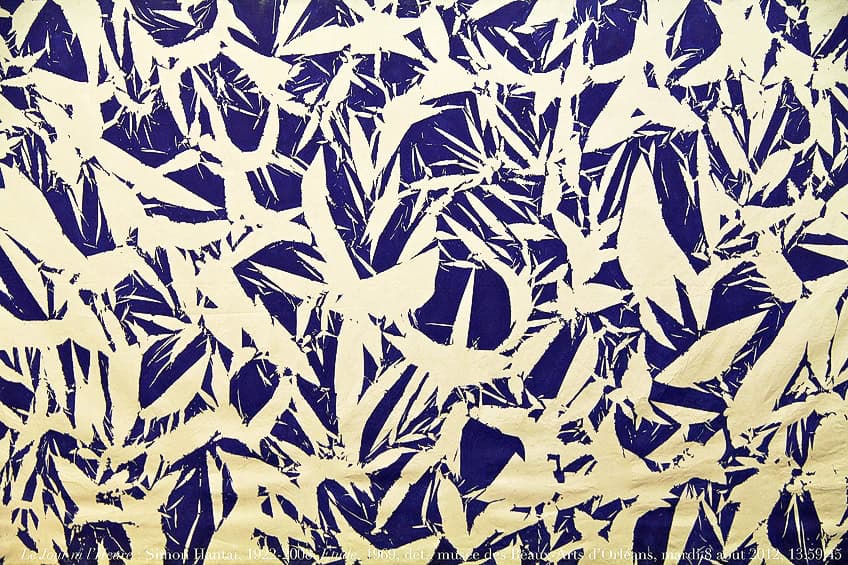
Major Works and Series
Simon Hantaï’s work exhibits a profound journey through abstract art, characterized by distinct series that employed his unique “pliage,” or folding, technique. Each series displays a specific approach to the canvas that has defined Hantaï’s contribution to the abstract painting movement.
Meuns
The Meuns series are typically noted as pivotally canvases by Simon Hantaï, created in the early 1960s. These works showcase his innovative “pliage” method, which involved folding the canvas before painting it and then unfolding it to reveal unexpected patterns and textures.
- Meun (1967 – 1968): Pliage paintings that played an integral role in Hantaï’s reputation in the realm of abstraction.
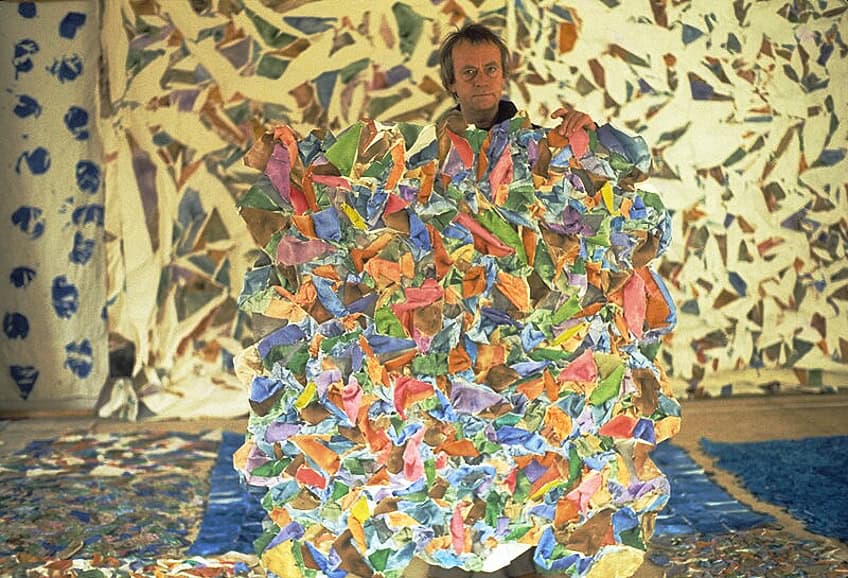
Mariales
Mariales, also referred to as Mariales (Cloaks), is a notable series from the mid-1960s, reflecting a mystical and serene aura. These canvases are marked by bold, monochromatic fields punctuated by contrasting splashes of color.
- Technique: The canvas was folded, resulting in voids of color surrounded by stained regions.
Tabulas
The Tabula series emerged in the early 1970s, representing a mature phase in Hantaï’s exploration of the “pliage” technique.
- Characteristics: They feature large-scale, grid-like patterns across the canvases, emphasizing the structural aspects of his folding method.
- Significance: The Tabulas stood out for imposing a rigorous order with a profound sense of rhythm and texture.
Blancs
Lastly, the Blancs or Les Blancs showcase Hantaï’s continuous evolution and were produced in the latter part of his career during the 1970s.
- Concept: These works embody minimalist tendencies, using predominantly white spaces to create a dialogue between presence and absence on the canvas.
- Visuals: The interaction of blankness and color highlights Hantaï’s persistent engagement with the potentials of abstract painting.
Legacy and Influence
Simon Hantaï’s legacy in the art world spans a rich array of retrospectives, exhibitions, and critical acclaim. His novel techniques left an indelible mark on contemporary art and continue to influence artists and academics.
Retrospectives and Exhibitions
The Centre Pompidou has been instrumental in celebrating Hantaï’s work, often juxtaposing his creations with masterpieces housed in the Musée National d’Art Moderne. The Musée d’Art Moderne de la Ville de Paris has also hosted significant displays of his art, solidifying Hantaï’s presence in the institutional narrative of modern art.
Hantaï’s artwork has found a global audience, featured in the esteemed Venice Biennale and represented by influential galleries such as Gagosian.
Impact on Contemporary Art
Simon Hantaï’s pioneering pliage (folding) technique challenged conventional artistic processes, urging artists to reconsider the act of painting. His method of folding canvases before applying paint allowed chance to govern the outcome, thus liberating color and form. This approach has served as a reference point for many in Contemporary Art.
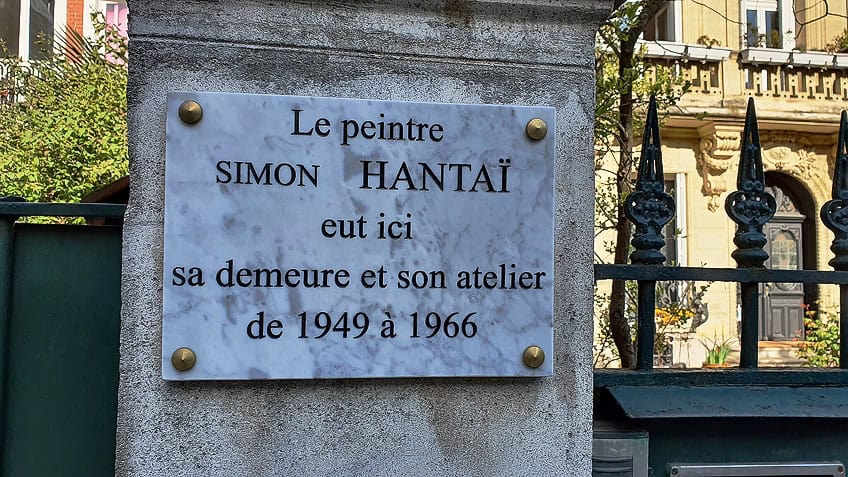
Academic and Critical Reception
Critics and scholars have extensively covered Hantaï’s work. Notably, Anne Baldassari, former director of the Picasso Museum, has also offered noteworthy insights. Molly Warnock, an art historian, significantly influenced Hantaï’s critical reception with her book, published by the Pennsylvania State University Press.
It has become a seminal text for understanding his oeuvre and methodology.
Influence of Simon Hantaï Today
The techniques and theories Simon Hantaï developed continue to resonate with artists today. His legacy is not confined to historical significance; it acts as a catalyst for contemporary practices. Hantaï’s innovative approach and theoretical underpinnings still serve as a rich source of inspiration, providing an open-ended framework for experimentation in the visual arts.
Simon Hantaï’s artistic legacy is one of profound experimentation and boundary-pushing innovation within abstract art. Through his pioneering technique of pliage, he not only transformed the canvas into a dynamic space but also challenged traditional notions of painting and composition. Hantaï’s ability to merge spontaneity with meticulous planning resulted in artworks that captivate with their depth, rhythm, and complexity. His influence continues to resonate across the art world, inspiring new generations of artists to explore the endless possibilities of form, color, and texture. As we reflect on Hantaï’s contributions, we are reminded of the enduring power of artistic exploration and the ever-evolving nature of creative expression.
Frequently Asked Questions
What Was the Evolution of Simon Hantaï’s Artistic Style Throughout His Career?
Simon Hantaï’s artistic style progressed from Surrealism to abstract art, characterizing his work with a technique known as pliage, or folding. This method involved folding the canvas into small sections, painting them, then unfolding the canvas to create a fragmented, organic pattern. Over time, Hantaï’s experimentation with this method led to a distinctive body of work that resonates with innovation and unique composition.
Which Museums or Galleries Are Best Known for Exhibiting Simon Hantaï’s Art?
Simon Hantaï’s works have been exhibited in various esteemed institutions. For example, the Museum of Modern Art (MoMA) in New York City has featured Hantaï’s art, showcasing his role in avant-garde and abstract movements. Additionally, Timothy Taylor Gallery has played a significant role in reflecting on his legacy, providing a space for audiences to engage with his revolutionary techniques.
How Has Simon Hantaï Influenced Contemporary Artists or Art Movements?
Simon Hantaï’s influence is particularly noted in the realms of process art and abstract painting where his folding technique challenges traditional notions of composition and control. Contemporary artists have been inspired by Hantaï’s approach to the materiality of painting, allowing the process and media to assert their roles in the final work, thus contributing to the ongoing dialogue about spontaneity and intention in art creation.
Isabella studied at the University of Cape Town in South Africa and graduated with a Bachelor of Arts majoring in English Literature & Language and Psychology. Throughout her undergraduate years, she took Art History as an additional subject and absolutely loved it. Building on from her art history knowledge that began in high school, art has always been a particular area of fascination for her. From learning about artworks previously unknown to her, or sharpening her existing understanding of specific works, the ability to continue learning within this interesting sphere excites her greatly.
Her focal points of interest in art history encompass profiling specific artists and art movements, as it is these areas where she is able to really dig deep into the rich narrative of the art world. Additionally, she particularly enjoys exploring the different artistic styles of the 20th century, as well as the important impact that female artists have had on the development of art history.
Learn more about Isabella Meyer and the Art in Context Team.
Cite this Article
Isabella, Meyer, “Simon Hantaï – Master of the Unconventional Canvas.” Art in Context. April 16, 2024. URL: https://artincontext.org/simon-hantai/
Meyer, I. (2024, 16 April). Simon Hantaï – Master of the Unconventional Canvas. Art in Context. https://artincontext.org/simon-hantai/
Meyer, Isabella. “Simon Hantaï – Master of the Unconventional Canvas.” Art in Context, April 16, 2024. https://artincontext.org/simon-hantai/.




